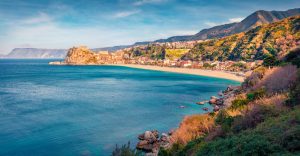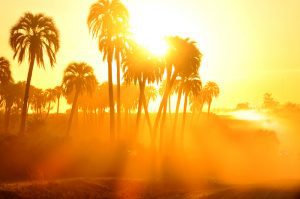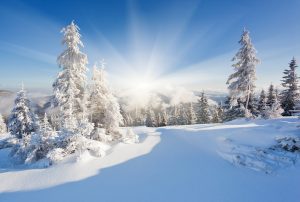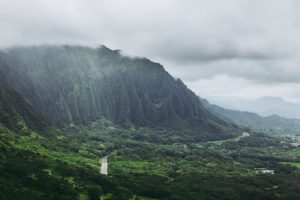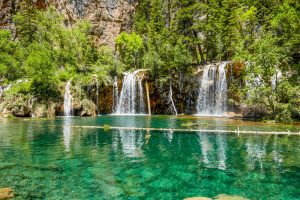Australia is known for its sunny sandy beaches and beautiful coastline, but the country has its fair share of wild weather and wet conditions, too.
While heavy rains and winds are common across most of Australia, snowfall is limited to the Australian alpine regions.
The average snow depth is about 40 inches or 100cm per year, concentrated in the mountain regions of Victoria, New South Wales, and Tasmania.
Keep reading to find out more about snow in Australia.
Table of Contents
Where does it snow in Australia?

Australia has a much smaller snow region compared to Europe and the U.S., with snow accumulation concentrated in the Snowy Mountains of southern New South Wales and Victoria’s High Country, both just a couple of hours away from big cities.
Tasmania’s rugged mountain landscape also receives snow.
Australian alpine areas have some impressive ski and snowboard resorts, including Thredbo, Perisher, Mt. Buller, Falls Creek, Mount Hotham, and Charlotte Pass, just to name a few.
Snow is very rare in the tropics of Queensland and the outback of Western Australia and Northern Territory, as the weather is warm year-round.
Why doesn’t it snow much in Australia?
Australia is often referred to as the sunburnt nation, which is why many people are surprised to find the country has snow in some parts.
The main reason why it doesn’t snow much in Australia is the geographical location, as it’s in the southern hemisphere and has warm and dry weather conditions across much of the land.
At the end of the day, temperatures in most of Australia just don’t drop low enough for snow to stick.

Generally, 40 degrees Fahrenheit is as cold as it gets in most areas apart from the Australian Alps.
Even the alpine regions can have a mid-latitude climate with a balmy summer.
As far as Australia’s major cities, the large metropolitan areas of Melbourne, Sydney, Brisbane, Gold Coast, Adelaide, and Perth are close to sea level, meaning snow is scarce.
Which part of Australia gets the most snow?
The only place it really snows much in Australia is in the mountains. Snow is more common the higher you go up in the Australian Alps, which is why the NSW Snowy Mountains and Victorian High Country are the places to be for skiing and snowboarding.
These elevated alpine regions are responsible for some of Australia’s most winterly conditions.
For example, Mount Kosciuszko is the tallest mainland mountain in Australia, peaking at 7,310 ft or 2,228 meters above sea level.
Below-freezing temperatures on this mountain give it stunning snowy peaks resembling the Rockies.
The next tallest mountain is Mount Townsend, which also has significant snowfall in the NSW Snowy Mountains.

This mountain stands 7,247 feet high or 2,209 meters and is known for rugged hiking and skiing conditions.
Where is the coldest place in Australia?
The coldest place in Australia is Liawenee, Tasmania, where it snows 41.8 days out of the year.
This town on Tasmania’s inland plateau has regular temperatures ranging from the mid-30s to mid-60s Fahrenheit, so it can be just cold enough to snow during the winter months of June, July, and August.
Another one of Australia’s coldest places is Cooma, a town of 6,700 in southern NSW. With an average winter temperature of 26.8 degrees Fahrenheit or -2.9 degrees Celsius, Cooma has anywhere from four to seven wet days each month.
Australia’s famous ski resorts are also chilly, including Charlotte Pass Village, which is known as one of the coldest and oldest snow destinations.
Situated at the Kangaroo Ridge base, Charlotte Pass Village has a record low temperature of -9.4 degrees Fahrenheit (23 degrees Celsius), with regular winter temperatures dipping below 14 °F (-10 °C).
When is the winter season in Australia?
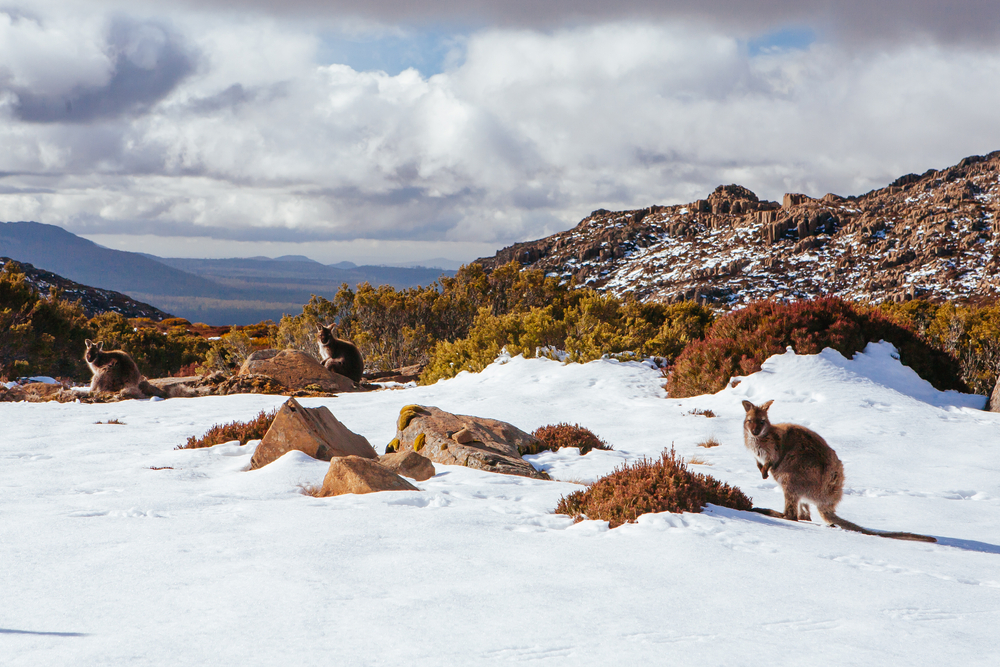
Australia’s winter season officially starts in June and stretches through the end of August. Winter is preceded by autumn in March, April, and May and followed by the start of spring in September.
During the three winter months, temperatures are cooler Australia-wide, although only the higher elevations in the alpine regions receive snow.
Otherwise, there’s a lot of rain in parts of South Australia, Victoria, and New South Wales, plus cooler temps across the rest of the country.
While most coastal areas fluctuate between 50 and 70 degrees Fahrenheit (10–21 degrees Celsius) during the winter, mountainous regions have temps just at or above freezing most of the time.
Overcast skies, precipitation, and high winds are all part of the winter season in Australia.
Does it rain a lot in Australian winter?
Although winter is generally more seasonable in Australia compared to a lot of northern countries with less snowfall, there is still a fair bit of rain depending on the region.
The dry season in Northern Territory, Western Australia, and Queensland keeps rain to a minimum, but in New South Wales, winter rainfall averages 3.8 inches.
Winter rainfall totals are even higher in Victoria around 7 inches, and there is great potential for snow in alpine regions, too.
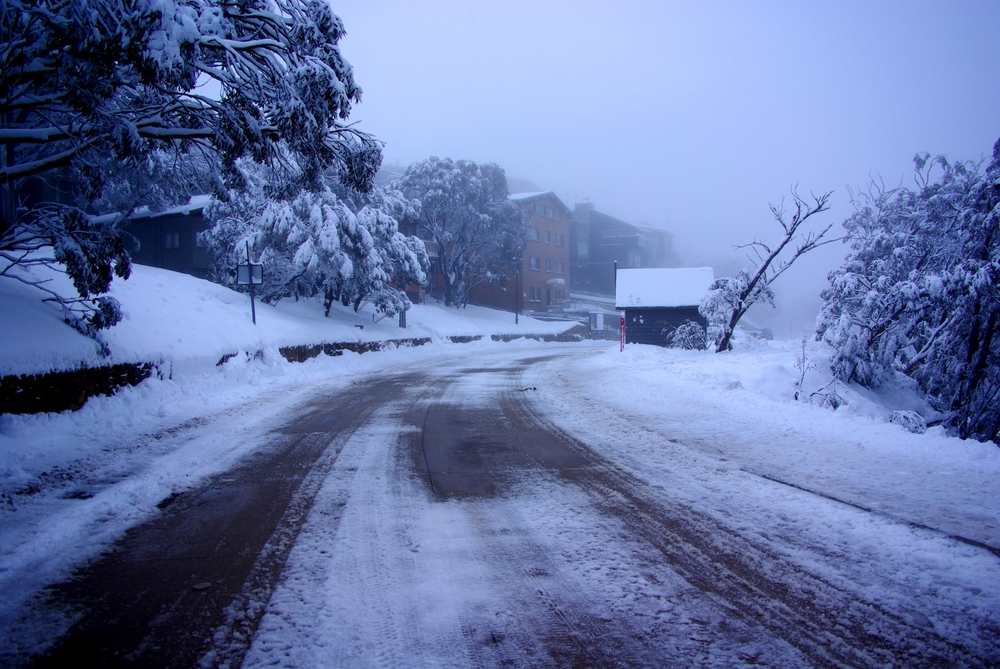
To put this into perspective, overall 80% of Australian land receives 24 inches or 600mm of annual rainfall.
However, in 2021 and 2022, significant flooding occurred throughout parts of NSW and QLD in the autumn and winter months, raising concerns for some at-risk regions.
In the floods of early 2022, over 100,000 people suffered damage to their homes in Queensland and New South Wales.
This unusually high rainfall has caused over two billion in damage and severely impacted Lismore, NSW, and nearby towns.
What snow activities can you do in Australia?
While snow isn’t widespread across Australia, there are enough alpine areas with ample snowfall to support family-friendly winter activities.
Skating, skiing, snowboarding, snowshoeing, and winter hikes are all common in mountain regions and ski resorts, especially given Australia’s coolest temperatures are still warmer than many other regions around the world.
The average Australian snow depth of 40 inches or 100cm is suitable for adrenaline-pumping snow activities, although most resorts opt for artificial snowmaking to further enhance the visitor experience.
Snow machines are a valuable resource for snow tourism, particularly during unpredictable dry weather spells to ensure ski runs stay open as much as possible.

Only 2% of Australians participate in snow sports, compared to 7% in New Zealand, 36% in Austria, and 37% in Switzerland.
Even so, Aussies make over 2.5 million trips to the Australian Alps for skiing and snowboarding, with the annual snow tourism industry worth around $2 billion.
The 16 major ski resorts throughout Australia benefit from growing interest in skiing and snowboarding as the tourism industry bounces back from the pandemic.
Does Australia have good skiing?
Snow is rare along Australia’s coast and the Outback, but in some alpine regions, it snows at least three months out of the year, if not more.
Australia’s snowy side makes it a popular destination for passionate skiers and snowboarders.
If you want to see Australian snow for yourself, here are some of the top snow resorts in Australia to consider visiting:
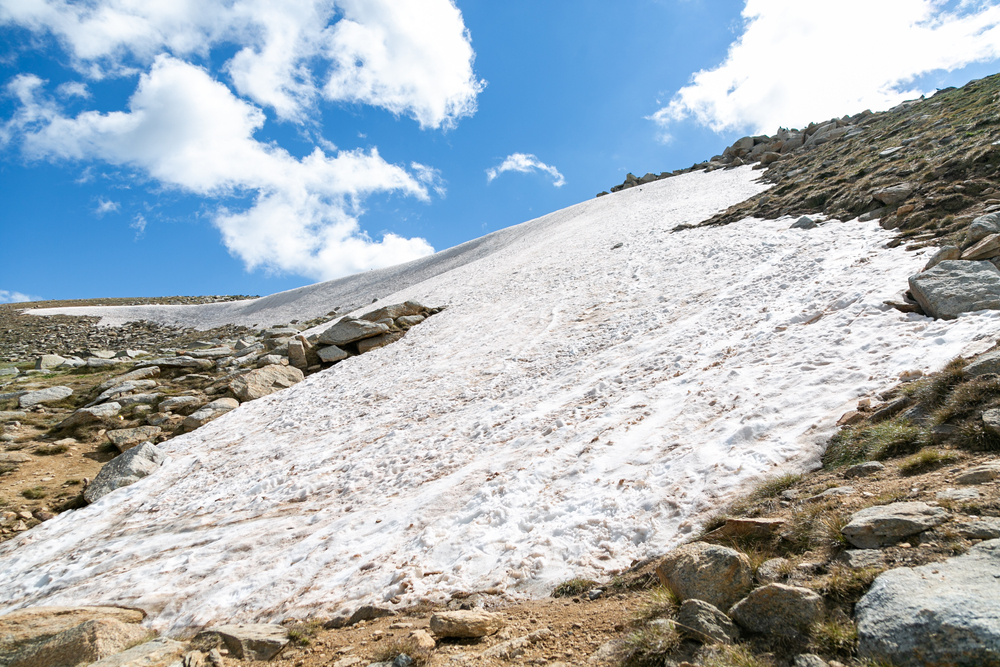
- Perisher, Kosciuszko National Park, NSW
- Thredbo Alpine Resort, Kosciuszko National Park, NSW
- Charlotte Pass, Kosciuszko National Park, NSW
- Falls Creek, Alpine National Park, Victoria
- Mt. Hotham, Australian Alps National Park, Victoria
- Mt. Baw Baw Alpine Resort, Baw Baw National Park, Victoria
- Selwyn Snow Resort, Kosciuszko National Park, NSW
- Ben Lomond Ski Field Area, Ben Lomond National Park, Tasmania
- Mt. Buller, Victoria
- Dinner Plain, Victoria







